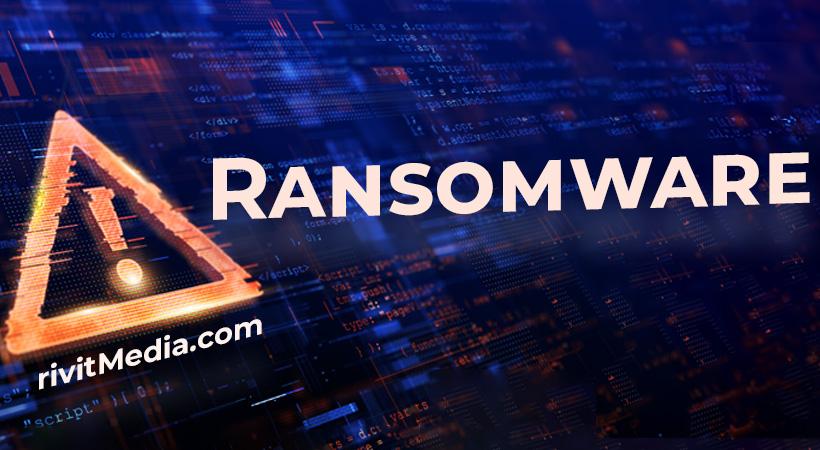Xro ransomware, an emerging strain within the Xorist ransomware family, targets files on affected systems, encrypting them and appending the “.xro” extension. Despite displaying ransom notes urging communication with attackers, this ransomware’s development status and lack of viable contact details indicate ongoing refinement.
Understanding Xro Ransomware
As a ransomware type, Xro encrypts files, rendering them inaccessible. This strain typically generates ransom notes—both in a pop-up window and a text file—threatening data destruction upon failed decryption attempts. However, its current lack of a functional decryption method suggests it’s a work-in-progress.
Similar Threats and Protective Measures
Comparable threats to Xro ransomware include:
- Elpy
- Intel
- DoctorHelp
- BlackLegion
- LEAKDB
Preventing such threats involves robust cybersecurity practices:
- Regular Backups: Maintain multiple backups in diverse locations to ensure data recovery options.
- Security Updates: Keep operating systems and software updated to patch vulnerabilities.
- Cautious Online Behavior: Avoid suspicious email attachments, unreliable download sources, and clicking on unknown links.
Removal Process for Xro Ransomware
Step 1: Isolation and Backup:
- Disconnect the infected system from the network to prevent further encryption and create backups of encrypted files.
Step 2: Manual Removal:
- Use Safe Mode or Recovery Mode to access the system and manually delete suspicious files linked to Xro ransomware.
Step 3: System Restore or Reinstallation:
- Restore the system from a previously created backup or perform a clean OS reinstallation if necessary.
Conclusion
Xro ransomware, though still in development, poses significant risks by encrypting files and demanding ransom without providing a functional decryption solution. Avoid engaging with cybercriminal demands and focus on preventative measures like regular backups, cautious online behavior, and prompt security updates to safeguard against evolving ransomware threats. In case of infection, isolate the system, remove the ransomware manually, and restore from backups to mitigate its impact.





